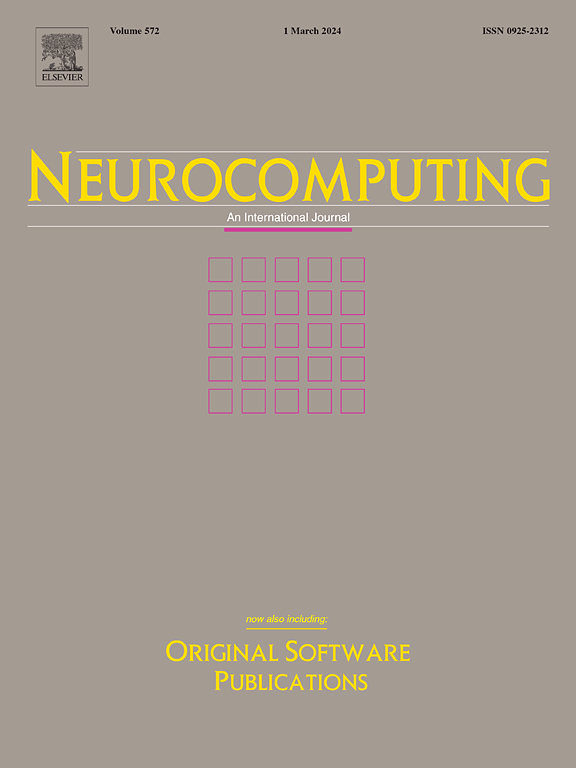Shading- and geometry-aware lighting calibration network for uncalibrated photometric stereo
IF 5.5
2区 计算机科学
Q1 COMPUTER SCIENCE, ARTIFICIAL INTELLIGENCE
引用次数: 0
Abstract
Three-dimensional measurement provides essential geometric information for fault diagnosis and product optimization in intelligent manufacturing applications. Photometric stereo is a non-destructive 3D measurement technique that estimates the surface normals of objects using shading cues from images under different lighting conditions. However, the generalized bas-relief (GBR) ambiguity caused by unknown or varying lighting will significantly decrease measurement accuracy. To address this issue, we propose a shading- and geometry-aware lighting calibration network (SGLC-Net) to mitigate the inherent ambiguity and enhance surface normal estimation in uncalibrated photometric stereo by generating accurate lighting information. The proposed method iteratively optimizes lighting direction and intensity by leveraging self-generated shading and normal prior features. To further improve the accuracy of the lighting estimation, we introduce collocated light into SGLC-Net to implicitly extract shading features of images to generate accurate rough lighting. Accurate rough lighting can generate accurate shading and normal prior features, which can be used to optimize rough lighting to generate fine lighting. Experimental results indicate that the proposed method significantly outperforms most uncalibrated photometric stereo methods in lighting estimation on multiple real-world datasets. Furthermore, our method can seamlessly integrate with most uncalibrated photometric stereo methods to effectively enhance the accuracy of the surface normal estimation under unknown illumination.
求助全文
约1分钟内获得全文
求助全文
来源期刊

Neurocomputing
工程技术-计算机:人工智能
CiteScore
13.10
自引率
10.00%
发文量
1382
审稿时长
70 days
期刊介绍:
Neurocomputing publishes articles describing recent fundamental contributions in the field of neurocomputing. Neurocomputing theory, practice and applications are the essential topics being covered.
 求助内容:
求助内容: 应助结果提醒方式:
应助结果提醒方式:


